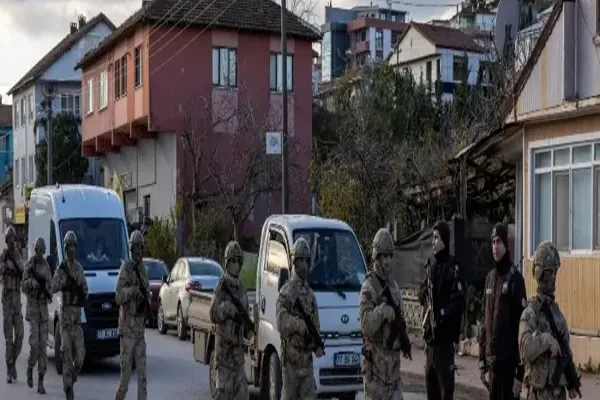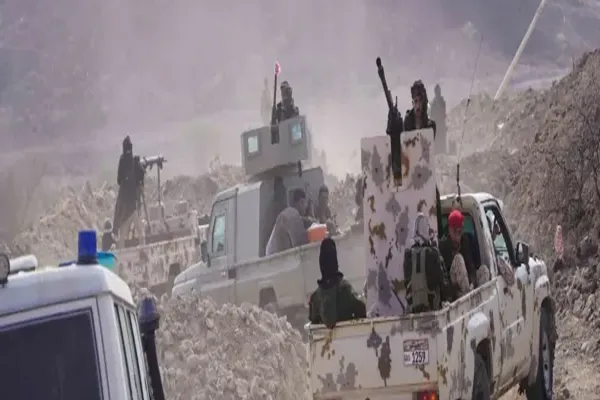i NEWS INTERNATIONAL
Nepali rescue teams resumed their search early Saturday for at least 63 people missing after monsoon rains triggered a landslide that swept two buses off a highway and into a river. The force of Friday's landslide in central Chitwan district pushed the vehicles over concrete crash barriers and down a steep embankment, at least 30 metres (100 feet) from the road. Dozens of rescuers spent hours struggling to comb the raging Trishuli river, an effort hampered by muddy waters and fierce currents, before sunset forced them to call off the search. No sign of the vehicles or their occupants has yet been found. "We will search all possible places," Chitwan district chief Indra Dev Yadav told media. "We will employ all our abilities for search and rescue despite the water levels, current and the water's muddiness."
District official Khimananda Bhusal told reporteers on Friday that the buses were carrying at least 66 people between them, but three passengers had been able to escape and were treated at a local hospital. The accident happened before dawn along the Narayanghat-Mugling highway, around 100 kilometres (60 miles) west of Kathmandu. One bus was heading from the capital to Gaur in Rautahat district in southern Nepal, and the other was en route to Kathmandu from southern Birgunj. A driver was killed in a separate accident on the same road after a boulder hit his bus. He died as he was being treated at a hospital.
Deadly crashes are common in the Himalayan republic because of poorly constructed roads, badly maintained vehicles and reckless driving. Nearly 2,400 people lost their lives on Nepal's roads in the 12 months to April, according to government figures. Twelve people were killed and 24 injured in an accident in January when a bus heading to Kathmandu from Nepalgunj fell into a river. Road travel becomes deadlier during the annual monsoon season as rains trigger landslides and floods across the mountainous country.
Monsoon rains across South Asia from June to September offer respite from the summer heat and are crucial to replenishing water supplies, but also bring widespread death and destruction.The rainfall is hard to forecast and varies considerably, but scientists say climate change is making the monsoon stronger and more erratic.Floods, landslides and lightning strikes have killed 88 people across the country since the monsoon began in June, according to police figures.
Credit: Independent News Pakistan (INP)









